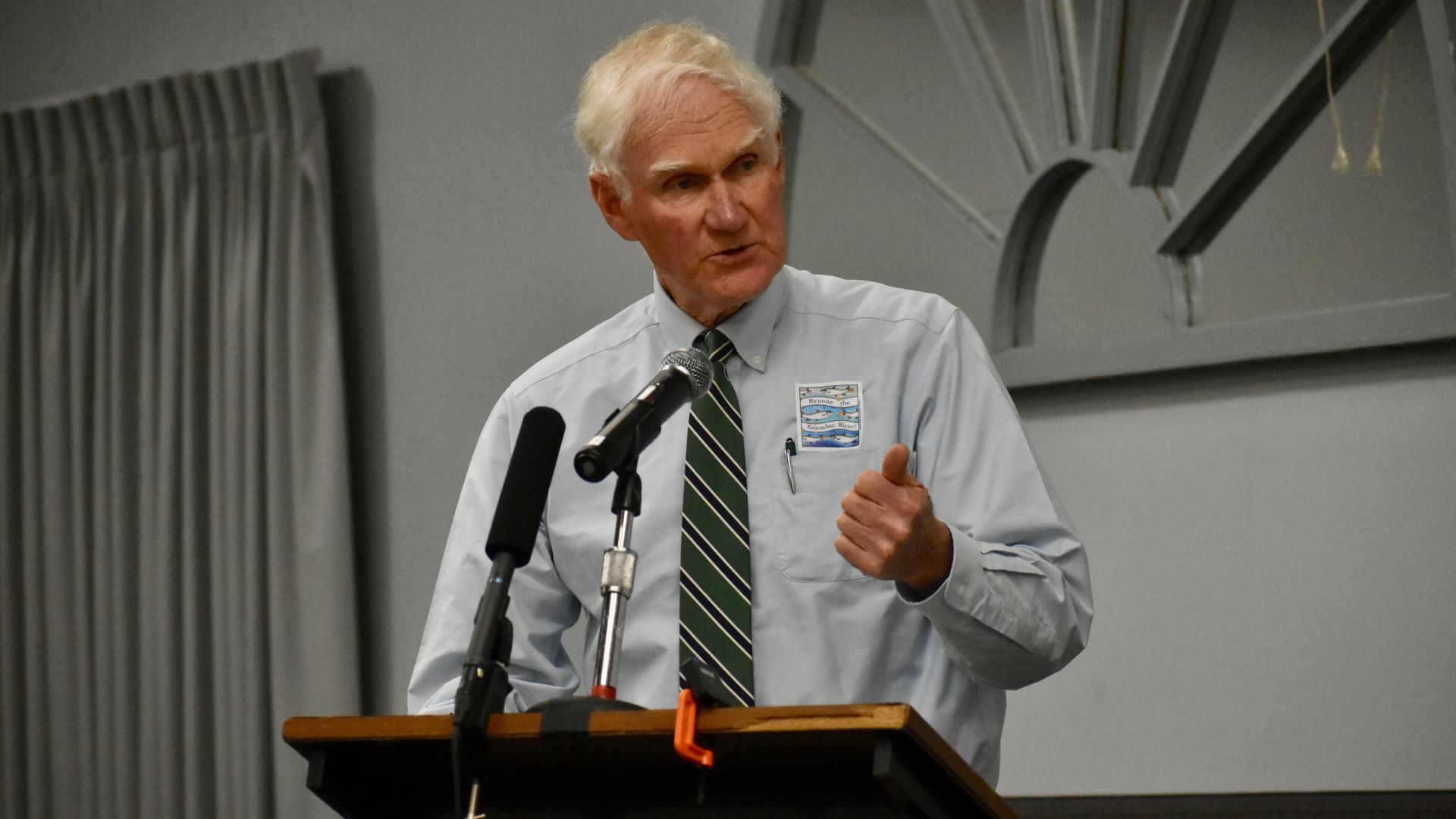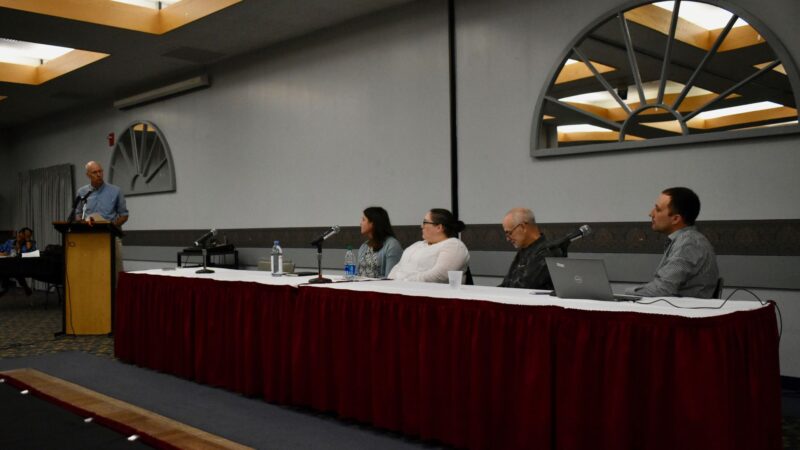Everett “Brownie” Carson was skeptical when approached to join a group of fishermen fighting for the removal of Edwards Dam in 1988.
The dam had generated electricity from the Kennebec River’s current for almost 75 years, and Carson, then the Natural Resources Council of Maine’s director, wondered if federal officials would opt to end the status quo.
Nevertheless, he and the NRCM joined in, pressuring the Federal Energy Regulatory Commission to deny Edwards Dam a new license and order its removal.
“Several years earlier, those fishermen had begun to agitate, and they were beginning to make themselves heard,” Carson said. “Despite unwavering opposition from the dam’s owners, and initial resistance from FERC, we pressed on.”
Almost a decade later, the three-member commission voted to remove the dam to help restore fish populations, the first order of its kind in the agency’s history, and a watershed moment for the Kennebec River and dam removal efforts nationwide.
Carson recognized removal was similarly daunting when he and dozens of others stood before FERC officials Wednesday at an Augusta Civic Center public hearing to demand the same fate for four other dams along the Kennebec.
They argued removal was necessary to save the endangered Atlantic salmon, restore populations of other declining fish species in the Kennebec and buoy the outdoor tourism industry on one of Maine’s largest rivers, all of which outweigh the power and economic benefits the dams provide.
That day in Augusta and on Tuesday in Waterville, FERC officials took feedback on the relicensing of the Shawmut Dam near Fairfield, and license amendments for three other dams between Waterville and Skowhegan, all owned by Brookfield Renewable.
Although Carson and other commenters also took aim at the other dams, only Shawmut was up for relicensing.

Brookfield proposed the license changes for the four dams in 2021, then FERC reviewed them and submitted its own overall recommendations in a draft environmental impact statement released in March. The public hearings this week were the most recent steps in the process; the agency will take written comment until June 4.
The most recent draft of the licensing changes included proposals to install a fish lifts at Shawmut and another at Weston dam near Skowhegan, and a new fishway at Lockwood dam near Waterville.
But it went beyond Brookfield in recommending the dams extend seasonal protections for migrating juvenile Atlantic salmon and other sea-going fish like American eel.
Adults of these species have to swim upstream through the dams to spawn in coldwater tributaries of the Kennebec, like the Sandy River, and their juveniles must make the reverse migration downstream, to the Gulf of Maine and beyond.
The commission’s additions did not appease meeting attendees, however, who doubted they would be effective.
Removal proponents said FERC’s projected survival rate of sea-run fish passage, including the additions, was not high enough to prevent sea-run fish populations from collapsing, citing similar provisions they said failed on the Androscoggin and Saco rivers.
If FERC truly prioritized fish passage, removal proponents said, the commission would look to what happened after Edwards Dam was removed from the lower Kennebec River, which at the time was the last obstruction between Augusta and the Gulf of Maine.
Advocates for removal on Wednesday cited the extravagant congregation of hundreds of endangered Atlantic sturgeon in the Cobbosseecontee Stream last summer, just upriver from the Kennebec, as proof that restoration is most effective with dam removal.
“People are flocking to those places in record numbers hoping to see a river so teeming with alewives that you can’t see the river bottoms, or perhaps catch sight of a 10-foot-long breaching Atlantic sturgeon, which is no longer a rare sight right here in Augusta,” one attendee said.
Fish passage advocates also have a list of stringent demands should FERC take Shawmut’s deconstruction off the table.
Francesca Gundrum, advocacy director for Maine Audubon, requested that FERC require at least two fish lifts at each dam, instead of the one additional lift at Shawmut and Weston that FERC proposed, and screens on all four dams’ turbines to keep out juvenile fish.
To ensure these measures are effective, Gundrum called on FERC to require strong performance standards after they’re constructed. If Brookfield’s dams fail to meet them, then there should be concrete next steps to improve passage, like additional fish lifts.
“The Kennebec River system is the last best hope for returns of salmon run in the Northeast,” said Jeff Bush, a Trout Unlimited member. “If it doesn’t happen on the Kennebec, the extirpation of Atlantic salmon from Maine waters should weigh on your conscience.”











